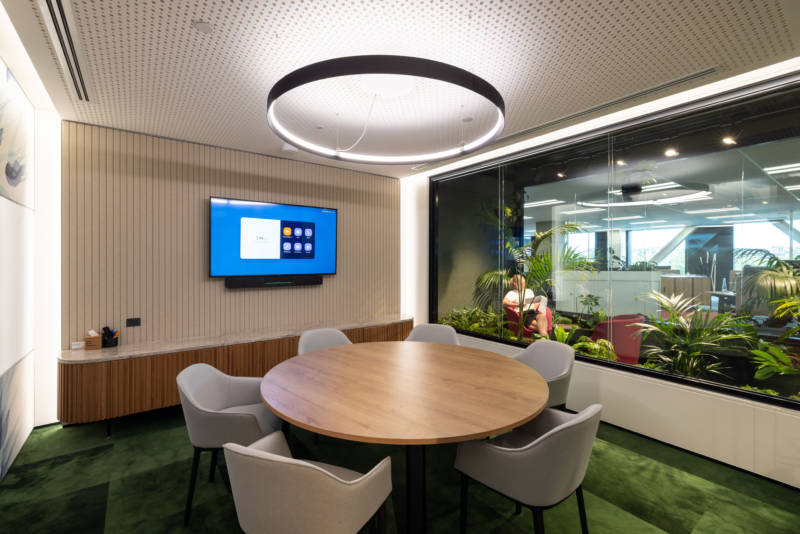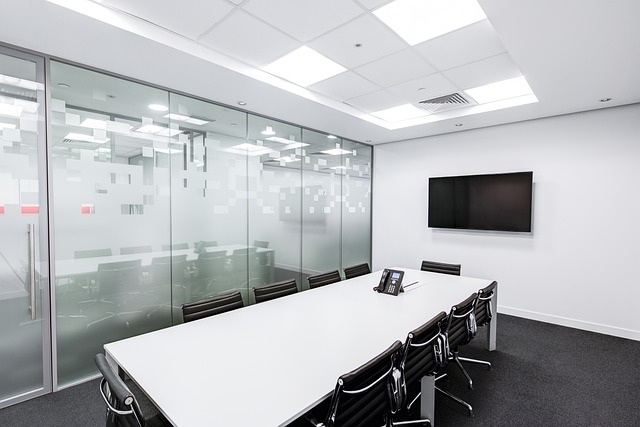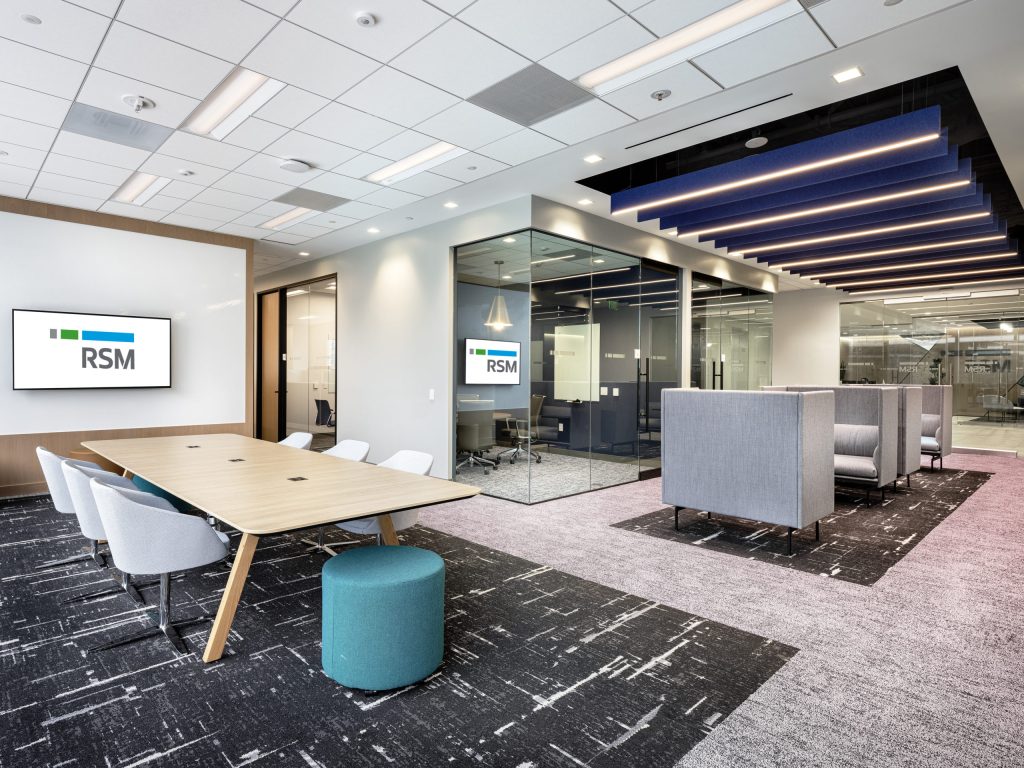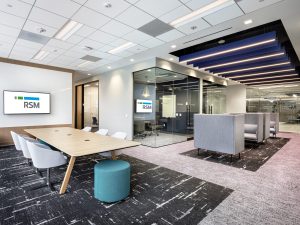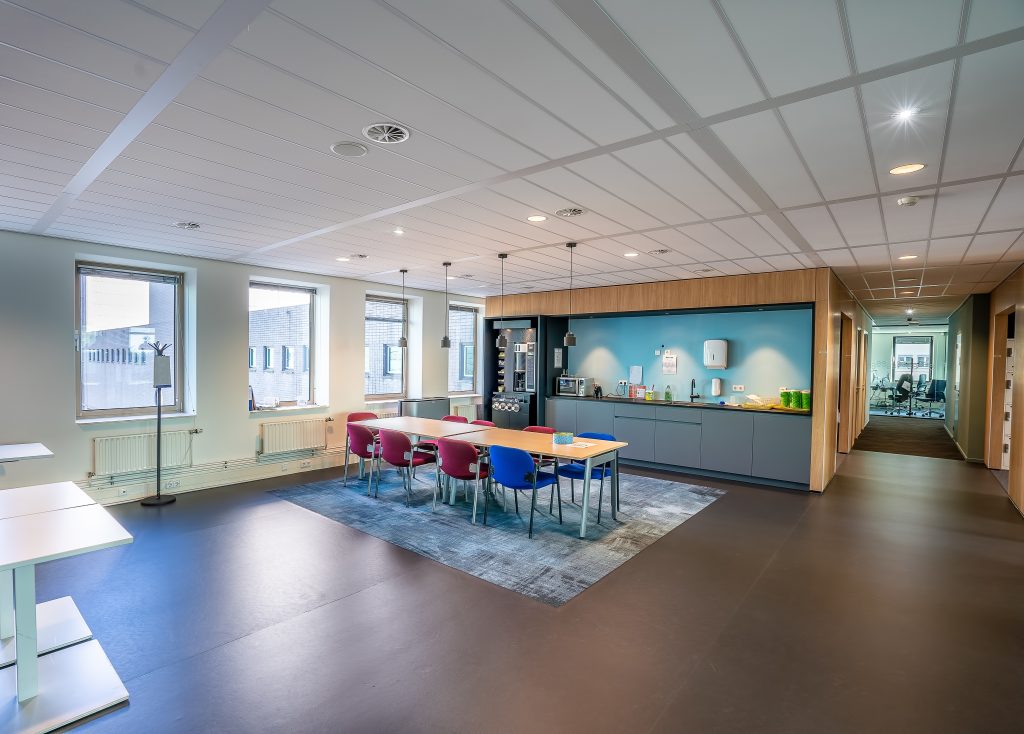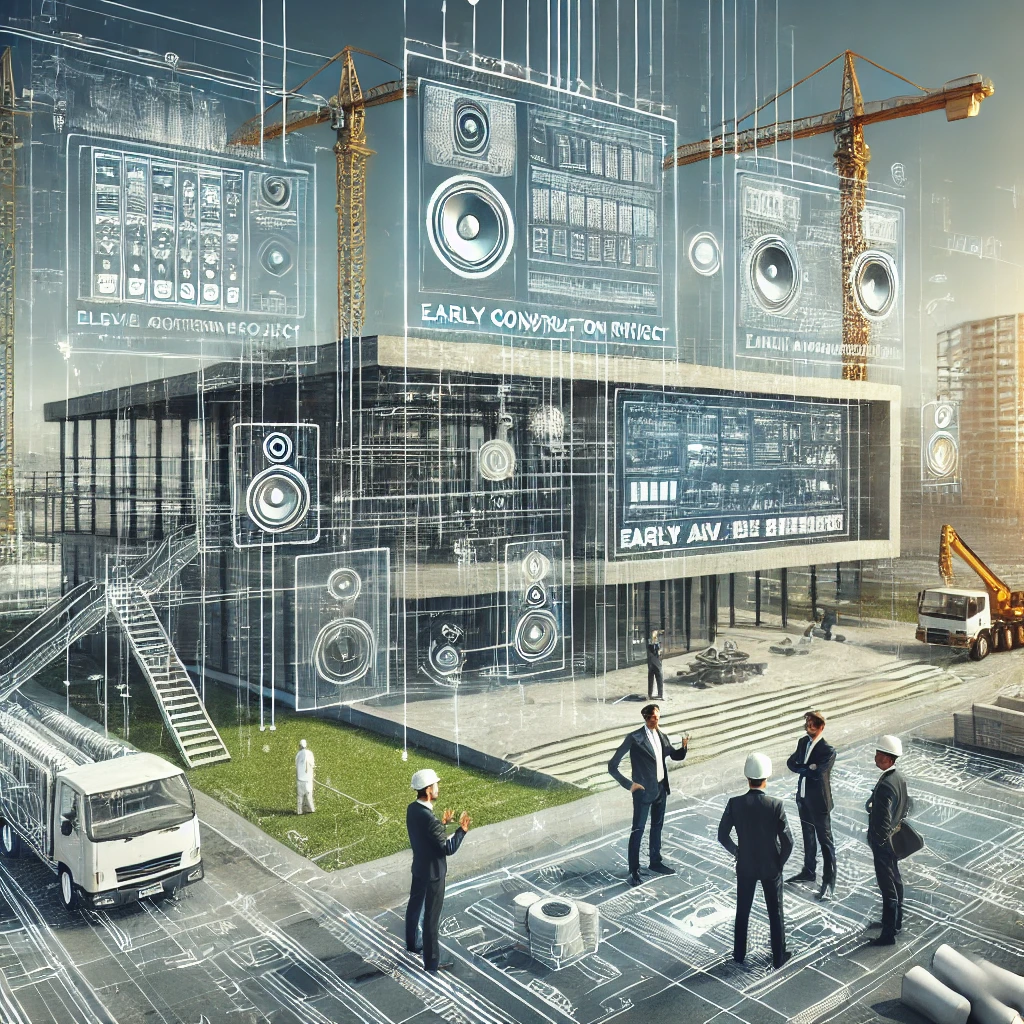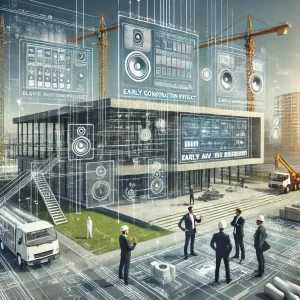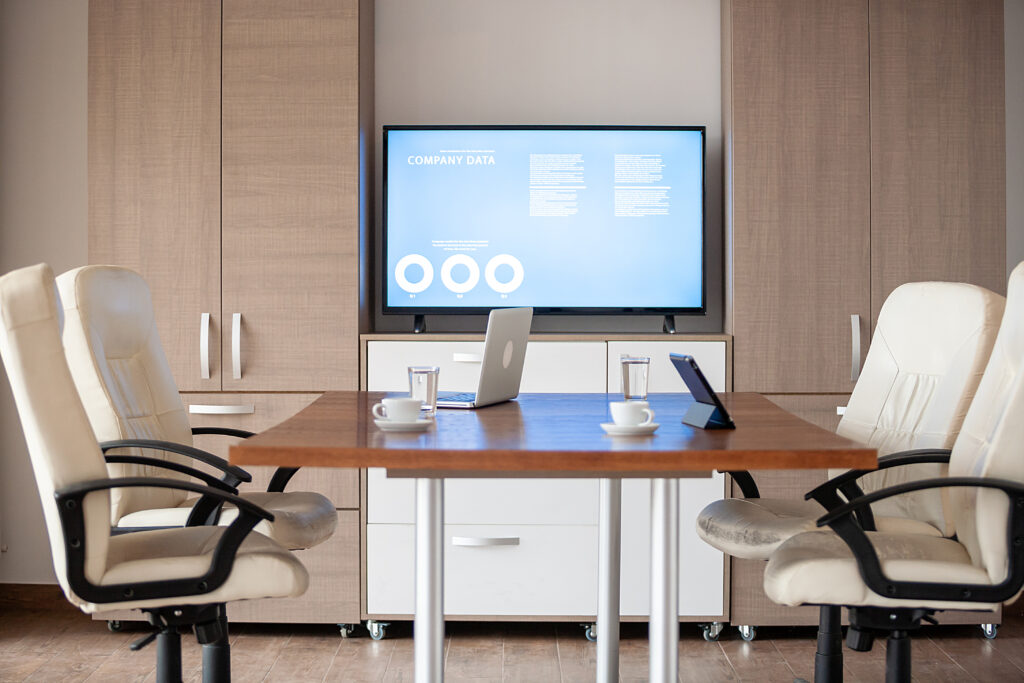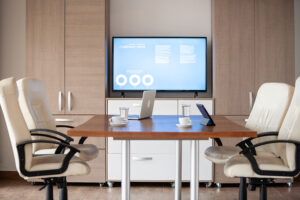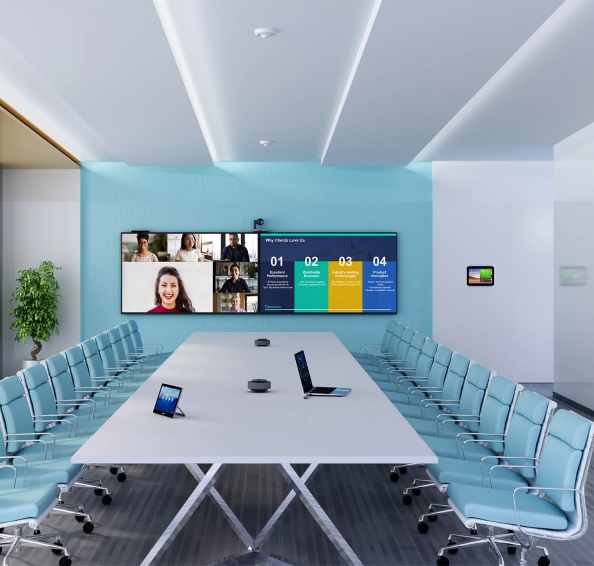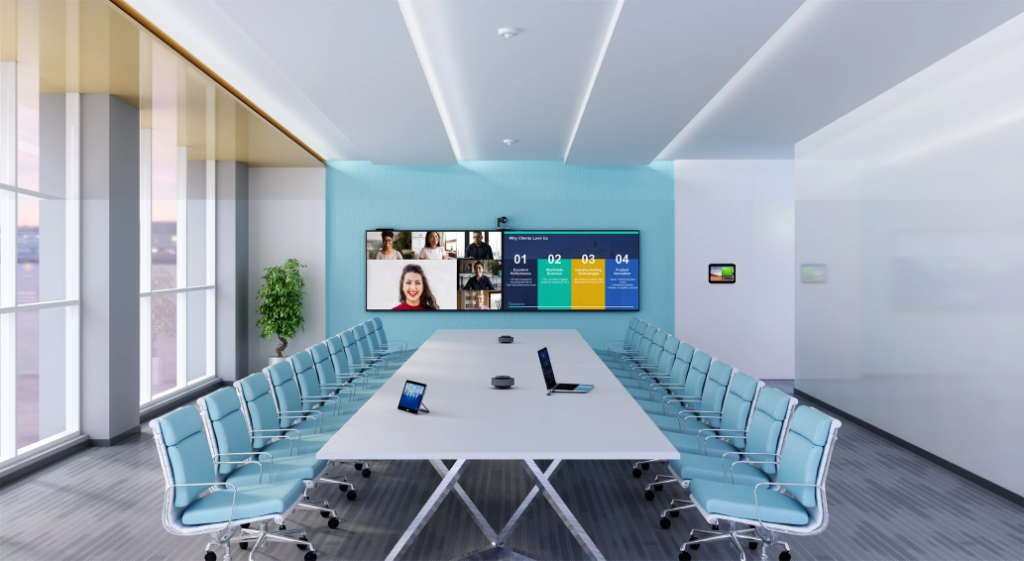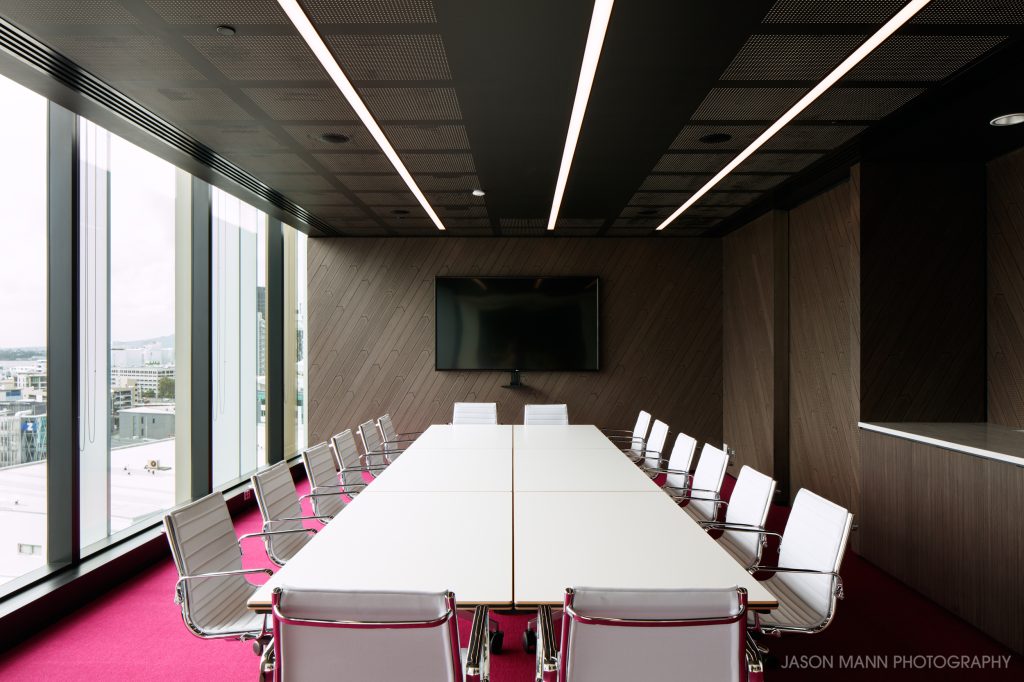How AV Programming Services Can Elevate Your Business Presentations
In today’s competitive business landscape, standing out during presentations is more important than ever. That’s where AV programming services come in. AV (Audio-Visual) programming services transform ordinary presentations into immersive, impactful experiences that captivate and engage audiences. Whether you’re pitching a new idea, conducting a training session, or presenting quarterly results, leveraging AV programming can make a substantial difference.
So, how exactly can AV programming elevate your business presentations? Let’s dive into the world of AV programming and explore its potential to take your presentations to the next level.
What Are AV Programming Services?
AV programming services involve the integration and customization of audio and visual elements for various applications, including business presentations, events, and conferences. AV professionals design, program, and configure equipment like projectors, sound systems, lighting, and interactive displays to create a seamless multimedia experience.
Examples of AV programming services include setting up video walls, integrating smart lighting controls, and synchronizing audio-visual effects with presentation content. The goal is to deliver a high-quality experience that holds the audience’s attention and conveys information effectively.
The Role of AV Technology in Business Presentations
AV technology plays a crucial role in creating memorable business presentations. It not only adds a visual appeal but also enhances the overall ambiance, making the presentation more engaging. Studies show that visual and auditory stimulation can improve information retention, helping audiences remember key points long after the presentation.
Imagine a presentation where dynamic visuals are synchronized with compelling audio cues. Such an experience not only grabs attention but also leaves a lasting impression, making your message more impactful.
Benefits of Using AV Programming for Business Presentations
- Improved Audience Engagement: AV programming incorporates multimedia elements that capture attention and keep audiences focused.
- Enhanced Brand Image: High-quality presentations reflect positively on your brand, showing professionalism and a commitment to excellence.
- Increased Retention of Information: People remember information better when it’s presented in a multi-sensory format, combining visuals and sounds.
Customization Options with AV Programming
AV programming allows for extensive customization to fit your brand and presentation needs. Options include:
- Tailored Visual and Audio Effects: Custom animations, sound effects, and even brand colors can be incorporated to reflect your identity.
- Interactive Features for Audience Participation: Polls, quizzes, and Q&A sessions can be seamlessly integrated, making presentations more interactive and engaging.
Popular AV Equipment for Business Presentations
Investing in the right AV equipment can significantly enhance presentation quality. Commonly used equipment includes:
- Projectors and Screens: For high-quality visuals, projectors and large screens are essential.
- Interactive Displays: Touch screens allow for more interaction, making it easier to engage with the content.
- High-Quality Audio Systems: Clear, crisp sound is crucial for conveying information without distractions.
The Integration of AI in AV Programming
Artificial Intelligence (AI) has introduced new possibilities in AV programming. AI can personalize presentations based on audience reactions, making real-time adjustments to visuals or sound to suit the audience’s preferences. For example, AI-driven software can adjust lighting and sound levels based on audience engagement, creating a more immersive experience.
Choosing the Right AV Programming Provider
Choosing the right AV programming provider is key to maximizing the benefits of AV technology. Consider factors like experience, client reviews, and the range of services offered. Don’t hesitate to ask questions, such as:
- What types of AV solutions do you specialize in?
- Can you customize services according to my business needs?
- What kind of technical support do you offer during events?
Cost-Effectiveness of AV Programming Services
While AV programming services may require an initial investment, the long-term benefits make it cost-effective. By enhancing engagement and retention, AV programming can lead to better outcomes, such as more effective training sessions or more successful pitches.
For example, a company that invested in an interactive display system for presentations saw a 20% increase in information retention among employees.
Case Studies: Successful Business Presentations with AV Programming
- Tech Corp: A tech company used synchronized lighting and sound for a product launch, leaving a strong impression on potential investors.
- Global Finance Ltd.: This finance company integrated interactive polling during a presentation to gain live audience feedback, making the session more engaging and insightful.
These examples demonstrate the potential of AV programming to make business presentations more impactful and memorable.
Future Trends in AV Programming for Business Presentations
The future of AV programming looks promising, with advancements in virtual reality (VR), augmented reality (AR), and AI-driven customization. These technologies could allow for fully immersive experiences, where audiences feel like they’re part of the presentation rather than just spectators.
Implementing AV Programming in Your Business Strategy
To incorporate AV programming effectively, start by setting clear objectives for your presentations. Identify key messages and think about how AV elements can support those goals. Work with your AV provider to plan a setup that aligns with your business’s vision.
Best Practices for AV-Optimized Presentations
- Test Your Equipment: Ensure all AV equipment is functioning properly before the presentation.
- Plan Visuals and Sounds Carefully: Avoid overloading the presentation with unnecessary visuals or loud sounds, which can distract the audience.
Challenges in AV Programming and How to Overcome Them
Common challenges in AV programming include technical malfunctions and complex setup processes. To overcome these, consider hiring a dedicated AV technician and conduct thorough tests before the presentation.
Conclusion
AV programming services are invaluable for businesses aiming to deliver impactful presentations. With the right AV setup, you can captivate your audience, enhance engagement, and communicate your message effectively. Investing in AV programming is an investment in the quality of your communication and, ultimately, your business success.
FAQs
- What is AV programming? AV programming is the integration and customization of audio-visual elements for presentations and events, creating engaging and immersive experiences.
- How much does AV programming cost? Costs vary depending on equipment, customization, and service provider, but it’s a worthwhile investment for enhancing presentation quality.
- Can AV programming be used for small businesses? Absolutely! AV programming can be scaled to fit the needs and budget of any business, large or small.
- What equipment is essential for AV programming? Essential equipment includes projectors, interactive displays, and high-quality audio systems.
- How does AV programming improve audience engagement? By integrating multimedia elements like visuals, sounds, and interactivity, AV programming keeps the audience engaged and attentive.
Next Steps:
Find out how our expert AV programming services can increase your business’s operational efficiency and profitability.
Email us at team@zapperrav.com or call us at +64 21701435 today.
Follow our blog for industry trends and the latest updates.
Engage with us on LinkedIn
